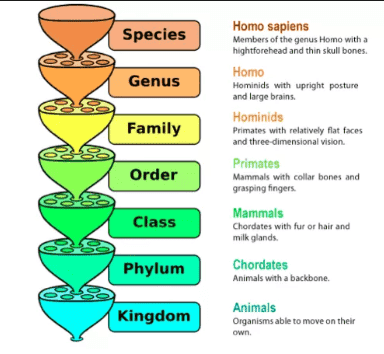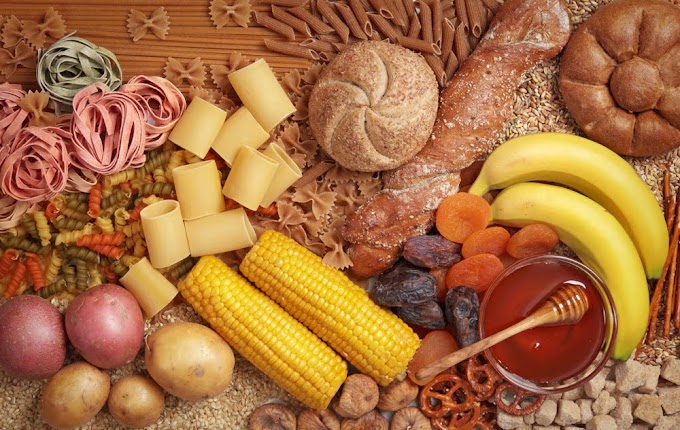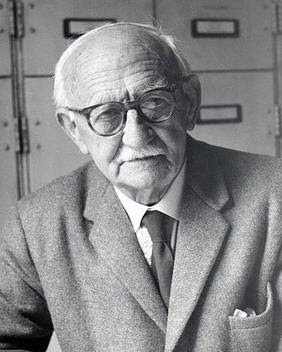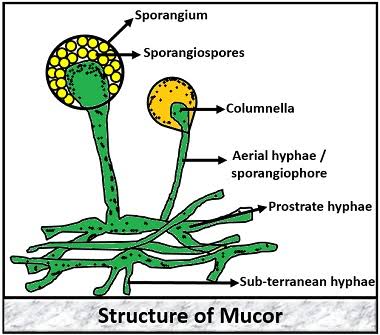Meiosis is a process of cell division of the reproductive cells of both plants and animals in which the diploid number of chromosomes is reduced to haploid.Meiosis is additionally referred to as meiosis (RD) since the amount of chromosomes is reduced to half. It takes place only in the reproductive cells during the formation of gametes. Meiosis consists of two complete divisions. As a result of this a diploid cell produces four haploid cells. The 2 divisions of meiosis I are meiosis or heterotypic division and meiosis II or homotypic division.
The first division is meiotic or reductional during which the amount of chromosomes is reduced to half and therefore the second division is mitotic or equational. Chromosomes number remains constant, generation after generation, in all sexually reproducing organism. During sexual reproduction the two gametes male and female, each having single set of chromosomes (n) fuse to form a zygote. The zygote thus contains twice as many chromosome as a gamete (n+n=2n). In these two sets of chromosomes one set springs from the father and therefore the other set from the feminine parent.
Also read- Mitosis and it's significance
This is how diploids come to possess two identical sets of chromosomes called homologous chromosomes. Meiosis may take place in the life cycle of a plant during any one of the following events.
1. At the time of spore formation ie. During the formation of pollen grains in anther and megaspores in ovules.
2. At the time of gamete formation.
3. At the time of zygote germination.
Each meiotic division cycle is split into same four stages as in mitosis. Prophase, Metaphase, Anaphase and Telophase. The name of every stage is followed by I or II counting on which division of cycle is involved.
Meiosis I
It consists of four stages namely
1. Prophase I
2.Metaphase I
3. Anaphase I
4. Telophase I
Prophase I
It is the first stage of first meiosis. This is the longest phase of the meiosis. It includes 5 sub stages:
1. Leptotene
2. Zygotene
3. Pachytene
4. Diplotene
5. Diakinesis
1. Leptotene
The word leptotene means ‘thin thread’. The
chromosomes uncoil and become large and thinner. Each chromosome consists of two chromatids.
2. Zygotene
Homologous chromosomes lie side by side throughout their length. This is called pairing or synapsis. The paired chromosomes are now called bivalents.
3. Pachytene
The chromosomes condense further and become very shorter and thicker. They are very distinct now. The two sister chromatids of every homologous chromosome become clearly visible. The bivalent thus becomes a tetrad with 4 chromatids. In the region of chiasmata, segments of non-sister chromatids of the homologous chromosomes are exchanged and this process is named crossover .
4. Diplotene
The homologous chromosomes condense further. They begin to break away one another except at the chiasmata. Due to this separation the twin nature of a bivalent becomes apparent and hence the name diplotene.
5. Diakinesis
The Chromosomes continue to contract. Terminalisation help in the separation of chromosomes.The separation starts from the centromeres and reached the top and hence the name terminalisation:
The nuclear membrane and nucleus disappear spindle formation starts.
Metaphase I
The spindle fibres become prominent. The bivalent align on the equatorial plane.Opposite poles spindle fibre get attached to the centromeres of homologous chromosomes.
Anaphase I
The two chromosomes of every bivalent (with chromatids still attached to the centromere) break away one another and move to the other poles of the cell. Thus, just one chromosome of every homologous pair reaches each pole. Consequently at each pole only half the amount of chromosomes (haploid) is received. These chromosomes are, however not the same as existed at the beginning of prophase. Each chromosome consists of 1 of its original chromatids and therefore the other features a mixture of segments of its own and a segment of chromatid from its homologue (due to crossing over).
Telophase I
This is the last stage of meiosis I. Reorganization of the chromosomes at poles occurs to make two haploid nuclei. Nucleolus re- appear. The spindle disappears. There is no cytokinesis after meiosis I. The second meiotic division may follow immediately or after a brief inter phase. The DNA of the two haploid nuclei does not replicate.
 |
Source Wikipedia
|
Meiosis II
The second meiotic division is extremely much almost like mitosis.
Prophase II
The events of prophase II are almost like mitotic prophase. Nucleolus and nuclear membrane disappear. Spindle fibres are formed at each pole.
Metaphase II
Chromosomes move to the centre of the equatorial plane. They get attached to spindle fibres at centromere.
Anaphase II
The sister chromatids break away each other and are pulled to opposite poles of the spindle thanks to contraction of the spindle fibres.
Telophase II
The chromosomes begin to uncoil and become thin. And reorganize into nucleus with the reappearance of nuclear membrane and Nucleolus in each pole. Cytokinesis follows and 4 haploid daughter cells are formed, the meiotic division is completed.
Significance of Meiosis
1.Meiosis helps to take care of the chromosome number constant in each plant and animal species. In meiosis four haploid daughter cells are formed from a single diploid cell. This is vital in amphimixis during the formation of gametes.
2.The occurrence of crossover leads to the recombination of genes.
3.The recombination of genes results in genetic variation.
4.The Raw material for evolution is formed by genetic variation.













0 Comments
If you have any query let me know.